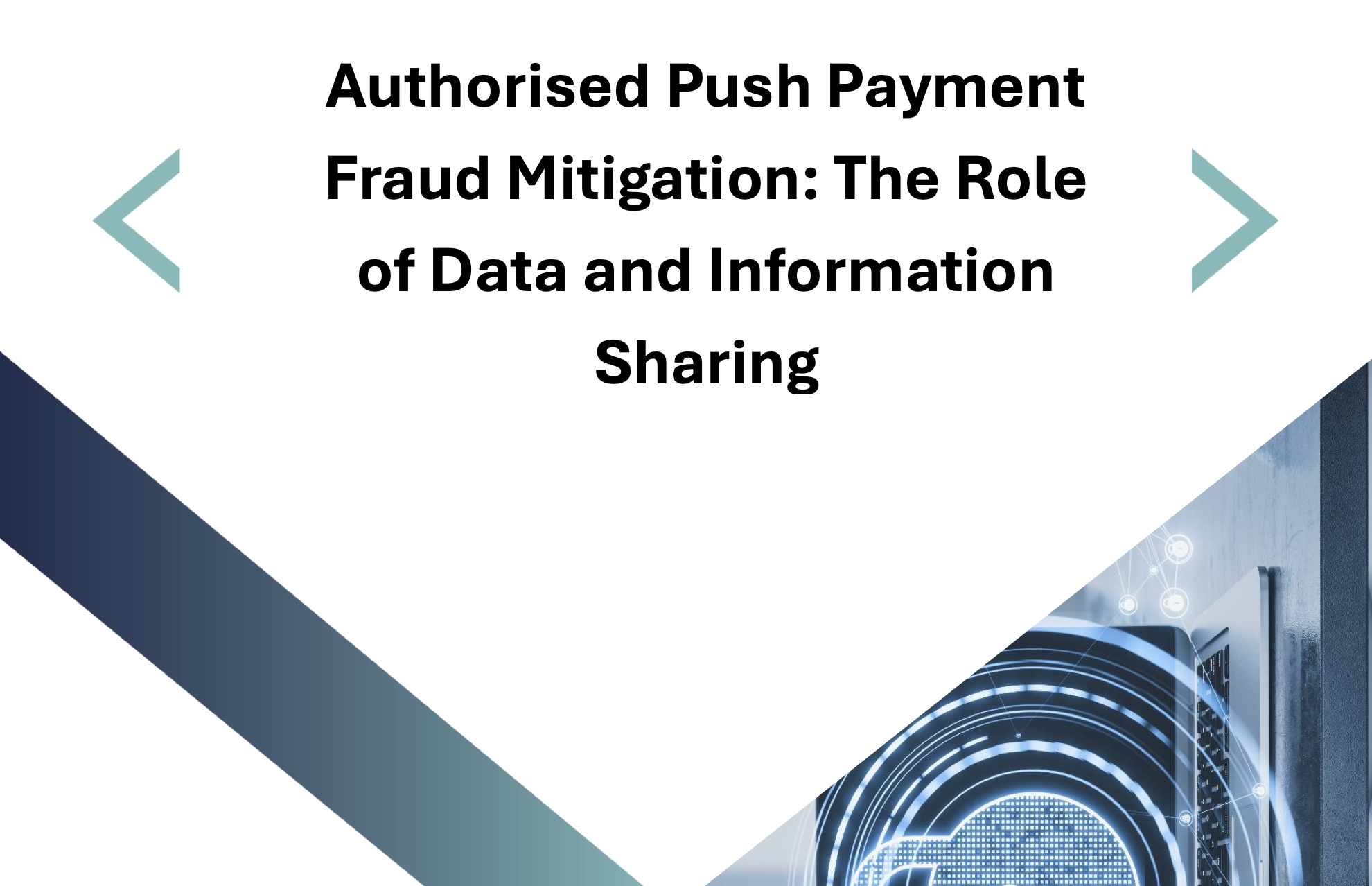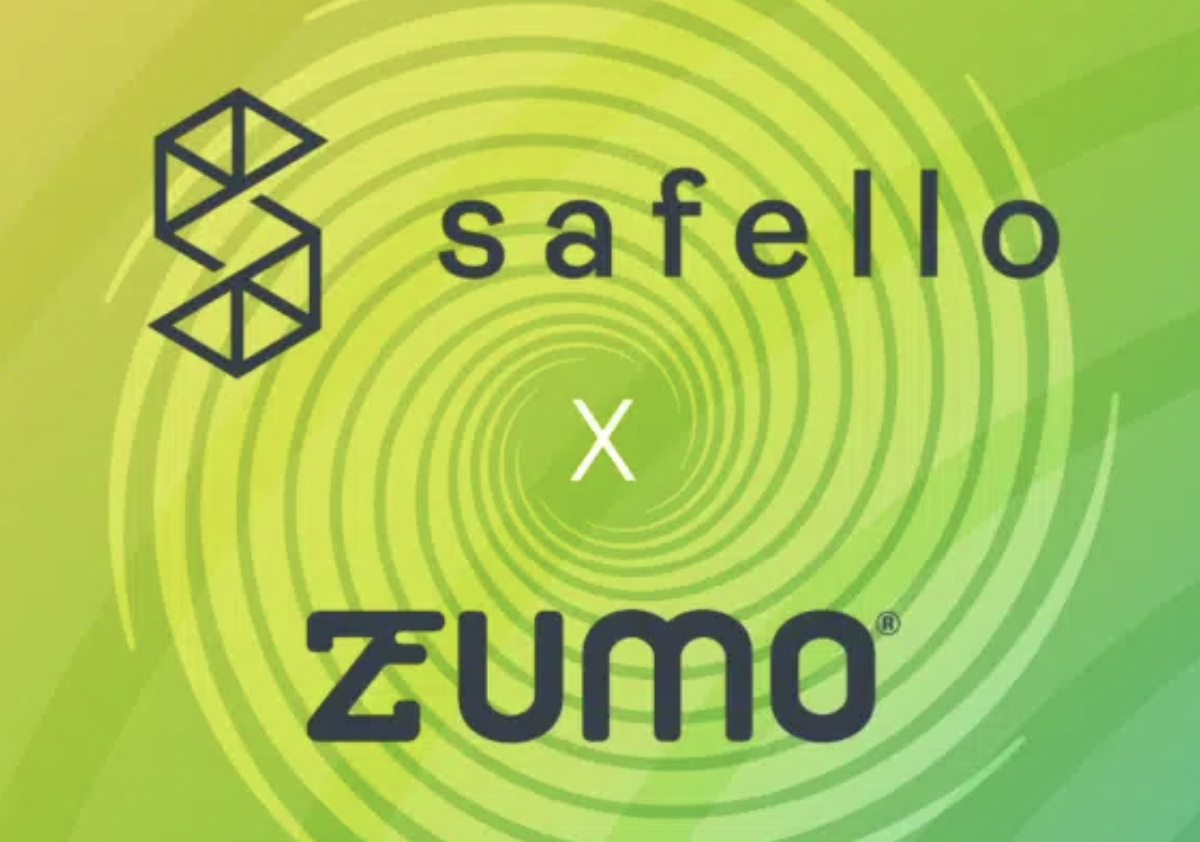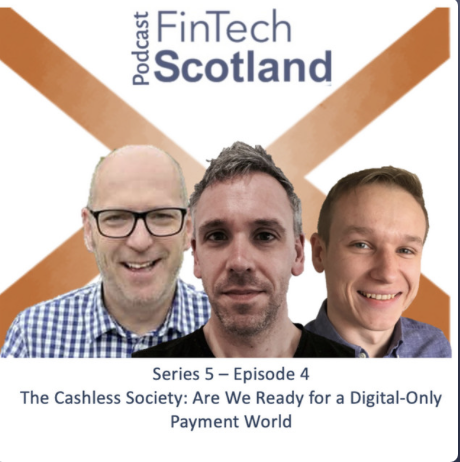The dangers of cashless and how to design for a digital economy

Blog written by Sergei Miller-Pomphrey – analyst, designer, full-time finch nerd – @goforsergei on twitter and medium
Many have recently spoken about the dramatic cashless uptake by consumers. June 2018 was a big month with the breaking news that UK debit card transactions had overtaken cash transactions for the first time (13.2bn transactions compared to 13.1bn)”Š”””Šreported in various media, examples here, hereand here”Š”””Šand contactless transactions (5.6bn) had grown dramatically, also.
In terms of debit cards, the uptake is an outcome of many factors like fewer branches and cash machines, but probably most prominent is the general cultural shift toward using cash less frequently and leveraging the efficiencies that card transactions bring.
As for contactless, this has been made possible in part by the enhancements made to UK bank cards”Š”””Šall new cards printed in the last several years have generally been contactless-enabled, barring a few slow off-the-mark legacy banks, with the earliest contactless adopters going back a decade (and longer if you’re a real pedant).
Contactless debit cards coupled with smartphone ubiquity, the rise of smartwatches, and Apple, Google and Samsung Pay enabled on almost every device, has made paying by some form of cashless payment easier.
Not to mention the meteoric rise of internet shopping, which now goes beyond buying books and small electronics, with everything available online from food and clothing to holidays and cars.
Also, Direct Debits are now so standard it’s hard to imagine that there ever was a time when you got a physical bill from a supplier and you went to the Post Office to pay it!
(Many) Users are obviously embracing contactless and a cashless economy.
But none of this could have been made possible without merchants evolving to accepting cashless payments as a standard, also.
Your local coffee shop these days is as likely to have a sign that says “No Cash” as it was a decade ago that the sign read “Cash Only”.
The challenge
Let’s cut to the chase”Š”””Ša cashless economy requires democratised, stable and secure infrastructure.
Users need the ability to engage in a cashless economy, which means they need bank accounts to get debit cards and smart-enabled devices to pay for things cashlessly.
Getting a bank account means you need proof of identification and a fixed physical location to call a home.
Even mobile numbers and email addresses are mandatory in many instances these days when applying for a bank account, which means you need a home landline or mobile phone contract and some form of internet access.
And all of that is just for the consumers”Š”””Šbusinesses that rely on cash and cheque need to invest in business bank accounts that generally charge the business a monthly fee and additional fees for transactions, payments, deposits, withdrawals.
Businesses need EPoS machines (electronic point of sale”Š”””Šcard readers) to take payments. In order for card readers to work, they need internet. EPoS vendors can charge monthly fees, flat percentage fees on transactions, or varying tiers depending on value or number of transactions.
Then comes the underlying payments network infrastructure. Mastercard and Visa, the two biggest players in the game”Š”””Šcheck your bank cards, their logos are likely on them! (With American Express being another biggie.)
Last year, in June, the Visa network went downall across Europe. It was a pretty crazy day.
Then, a month later, Mastercard went down.
With the growth in cashless payments, these down times were felt by consumers hard ”“ people were rushing to cash machines to withdraw funds to pay for dinner, buy shopping, go out, or even just manage to make it home safe from wherever they were.
It exposed just how reliant we are, now, more than ever, on systems rather than people. When working in hospitality. If you’re working in a café and your till system goes down, you just have to use a piece of paper, a pen, and a calculator, and you take cash only.
There was no alternative here for those that didn’t already have cash on them or who couldn’t get to a cash machine.
In the grand scheme of things, a few hours of payment processing being down is manageable”Š”””Šthink about how we manage power cuts and bus replacement services, we just need a back-up infrastructure.
At the moment, that backup infrastructure is cash. But this may not always be.
Cash and cashless
Cash
One of the huge benefits of cash and the physical economy is that it is democratised for, of and by the people ”“ you don’t needa bank account for cash, you don’t need a home, you don’t need a driving license, Council Tax bill, phone number, email address or passport.
While some may have more or less money than others, nobody (practically) owns money or the cash economy itself”Š”””Šregardless of who prints the money.
Another huge benefit is that you don’t need a technical infrastructure”Š”””Šcash is good old brain and brawn (counting and moving).
If there’s an issue with a register, EPoS machine or calculator, you can always just figure it out yourself.
Cashless
In essence, many of the benefits of cashless are just the negative points of cash”Š”””Šlike all good evolving innovations, cashless is finding and fixing the weak(er) points of its predecessor.
Cash is physical, so it’s SUPER dirty”Š”””Šit’s pretty disgusting when you think about it.
Cash is physical, so it’s fragile”Š”””Šthe number of times I washed my last fiver while in school makes me want to cry just thinking about it. Or that ripped £20 that you taped back together so you could top up the leccie card and keep the lights on!
Cash is physical, so it goes missing”Š”””Šremember looking all over the house for the tenner that fell out when you emptied your pockets that night?
Cash is physical, so it takes up space”Š”””Šall those times you walked down the street with your pockets sounding like the unmistakable jingle jangle of a high-school janitor!
Holding cash can bring risk.
You could be mugged in the street for the contents of your wallet, if you’re lucky, or sustain injuries or worse if you’re unlucky that day.
Your business could be burgled, losing a day or week’s or month’s takings depending on how often you get to the bank.
One big point about digital however, is that it is every bit as susceptible to theft as hard cash.
The difference being that we now put even more of that burden of protection on the organisations that hold our cash, in exactly the same way that we did when banks first started operating.
The pros of cashless essentially boil down to three things, efficiency, security and convenience.
The bigger issue
System infrastructure is one thing, but socio-economic infrastructure is another, much more difficult issue altogether.
There has been a lot of discussion about two main things to do with the negative effects of a cashless economy (with, of course, many other issues and nuances, also):
- Inherently denying access; and
- Hurting businesses that rely on cash
Let’s take them in turn.
Access
The first part of the infrastructure outline above should act as a warning bell to every one of you reading this”Š”””Šhow do the homeless, those who can’t prove their identity, those without access to internet, the unbanked and the underbanked gain access to the cashless economy?
Access to the cashless economy is a privilege.
Cashless is inherently baking additional privilege in to the world’s economies.
This additional privilege thereby adds more disadvantage those who are already hugely disadvantaged and deprived in our societies to start.
With cashless adoption growing, there’s less need for a physical infrastructure such as bank branches or cash machines (though, of course, more reliance on an network of card readers).
This has negative effectson those who rely on those services, which invariably includes the poor, the elderly, the not-digitally-enabled, the un- and under-banked, and those who just don’t know how to manage their finances, digitally, or engage in the system.
There are many, many, manyarticles to read on the subject.
Business
The second part is about how micro and small enterprises can survive in a cashless economy.
Part of the reason for this struggle is due to cash flow.
Businesses that rely heavily on cash and cheque transactions are able to manage their cash flow more easily against low turnover.
For example, if a cheque takes a few days to clear, then they can write the cheque on the Friday but use the takings from the weekend to pay for the cheque come Tuesday.
Other issues include the additional overheads that businesses need to absorb in order to engage in a cashless economy”Š”””Šphone line, card reader rental, fees on transactions, all of that needs to either come off the business’s bottom line or be put on to the consumer.
The future of cash
Cash will die. Eventually.
Just like the horse-and-cart are no longer the primary mode of logistics and transportation, and the quill is no longer the prevalent form of writing implement”Š”””Šcashless is the evolutionof cash.
It is inevitable.
Now, it may not happen tomorrow or in the next decade. Cash still has some fight in it yet, but that isn’t necessarily down to any inherent traits in the benefits of cash.
The necessity of holding on to cash actually comes from the sheer scale of the culture change required and our failures in being able to adapt quickly enough to build for a cashless economy that was peaking over the horizon for the last decade.
Let us re-frame and reverse a position above”Š”””Šcashless does notinherentlydeny access to the economy.
Cashless doesn’t think. It’s not a thing or a person. It’s a concept. It’s a culture. And it’s a culture born out of the real world and how people interact.
And those that are denied access to the cashless economy is not because of those that are engaging with it, but because financial institutions have not solved access to the economy for those people.
For those that don’t have access to internet, this is due to government and big telcom not having solved issues of access as a right for the populace.
The last one is more difficult”Š”””Šfinancial literacy and awareness, in being consciously able to adapt and embrace a cashless / digital economy. That’s huge culture change and the government and banks and all financial institutions should be working together provide access to information and knowledge that can help these people engage.
And businesses, how do we help them?
Well, part of this isn’t cashless’s fault, again. High-streets all across the UK are being squeezed because of online shopping and changing demand.
Cashless is only one part of a larger trend for businesses and they need to adapt their business models regardless of whether they take card or not.
But they must know that if the trend is leaning towards cashless payments, then they risk losing customers if they can’t accept this payment.
And as for managing suppliers and cash flow, there are ways to re-set yourself there, too”Š”””Šbusinesses need to recalibrate to be able to hold cash for future payments, not pay yesterday with today.
So, what..?
Well, we need to do something about it.
And by we’, I don’t mean consumers. I don’t mean that they need to shop local, ignore online retailers, and hoard cash under their mattresses.
Consumer trends are consumers voting with their feet and the economy needs to react to them, not attempt to control them.
The worry here is that government may impede progress by placing regressive policies on consumers or businesses, instead of acknowledging that change is needed and pushing onwards.
It’s always better to fix forward instead of policing back.
We need to have some form digital economy design council that coordinates and aligns financial institutions, businesses, consumers, and most importantly, government.
We need to agree that access to the digital economy is a right, not a privilege.
If we agree that access is a right and not a privilege, it changes how we frame the issue.
It becomes a social imperative to provide access, just like health, education, security, and infrastructure, rather than putting the blame on consumers and changing habits.
Then we can begin designing forward, finding ways to include individuals that are excluded or at risk of exclusion by the many criteria out there.
Maybe we could increase and speed up government incentives for telcoms to provide internet and cellular infrastructure to those in remote or rural areas?
Maybe financial institutions could leverage their Corporate Social Responsibility policies to provide low-cost starter’ smart-enabled devices to allow those without a mobile phone, a computer, internet, or even a branch to access their bank account?
Maybe financial institutions could provide starter’ bank accounts for immigrants, vagrants, and transients?
Maybe government can create a basic account associated to your national insurance number so that every single citizen has basic access to some form of bank account?
Maybe that could be provided in collaboration with a challenger bank like Starling, who have an infrastructure built for the modern economy?
Maybe.
Maybe.
Maybe.
None of these issues are easily solved, but the conversation needs to be had to start trying to solve them.
Thinking forward instead of back is the key to how we can solve this and build for the inevitable digital economy.
But the first step is to think at all.



